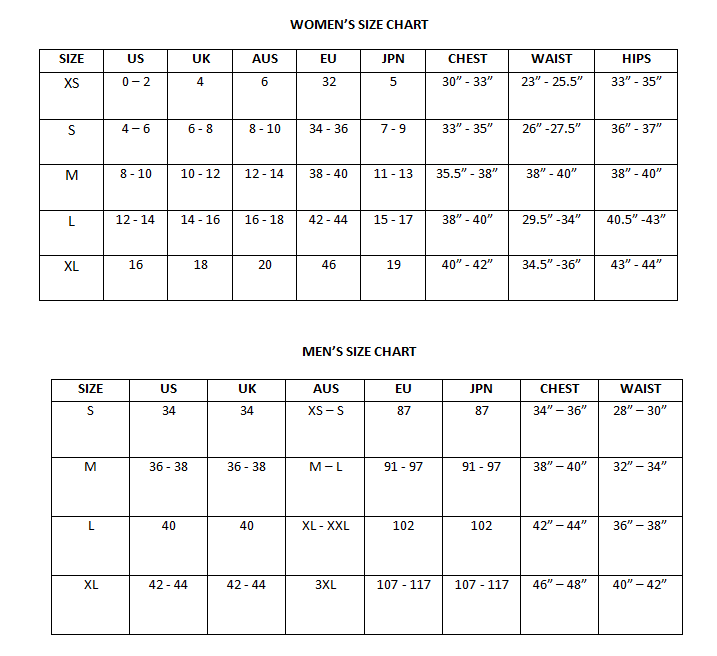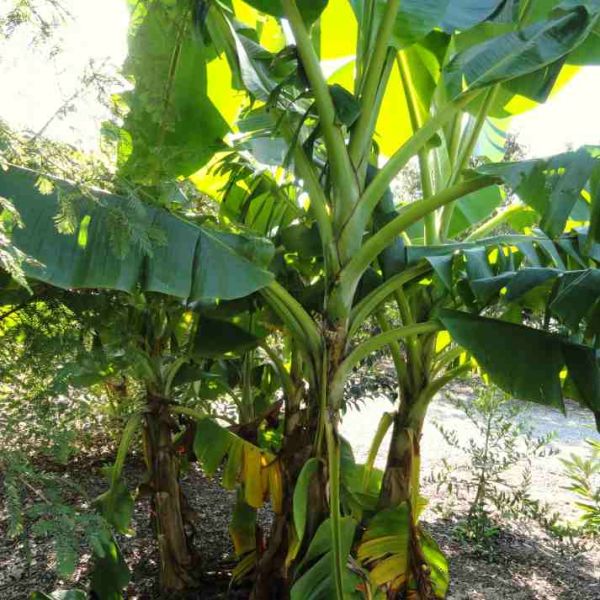Musa Sikkimensis Seeds (Musa Darjeeling Banana Seeds)
Musa Sikkimensis Seeds (Musa Darjeeling Banana Seeds)
Wow! Here's a unique chance to grow this new hardy species of Banana. This tree is an absolute novelty that shows great promise as an ornamental for the temperate as well as the cooler tropical garden.

Delivery
All orders shipped with UPS Express.
Always free shipping for orders over US $250.
All orders are shipped with a UPS tracking number.
Returns
Items returned within 14 days of their original shipment date in same as new condition will be eligible for a full refund or store credit.
Refunds will be charged back to the original form of payment used for purchase.
Customer is responsible for shipping charges when making returns and shipping/handling fees of original purchase is non-refundable.
All sale items are final purchases.
Help
Give us a shout if you have any other questions and/or concerns.
Email: contact@domain.com
Phone: +1 (23) 456 789
Availability: In stock
SKU
Musa Sikkimensis
Musa Sikkimensis also known as MusaHookeri, Darjeeling Banana or Himalayan Banana tree is found in Darjeeling and Sikkim Himalayan region in northern India at altitudes of 4,000' to 7,000' sometimes with light snow.
Wow! Here's a unique chance to grow this new hardy species of Banana. This tree is an absolute novelty that shows great promise as an ornamental for the temperate as well as the cooler tropical garden. A rare, strong and vigorous grower with tough green foliage flushed with distinctive ruby-red tints, suitable for large containers or growing in the border. It is a beautiful plant that can provide an unmistakable tropical look to both tropical and temperate gardens.
This little known large banana species, new to cultivation, is a vigorous grower, reaching up to 9 ? 12 (3-4 m) feet in a few years that sport a massive pseudostem, up to 18 in (45 cm) in diameter. The Manipur Red is a perennial herb with stolons and many red stripes, so many sometimes that the leaves appear almost red.
This robust grower dazzles with its large dark green and red leaves. The leaf sheaths are marked blackish-brown, waxy only when they are young. The petiole is 65 cm long, channeled with erect margins, narrowly blackish-scarious, forming a black line in the lower part, against the pseudostem. The spreading leaves are oblong-lanceolate blades, with a rounded or slightly cordate base, about 1.8 - 2.1 m long, and 0.6 m wide, yellow-green, shiny on both surfaces, purplish beneath with a dark red midrib.
The Bracts are broadly ovate, obtuse, not reflexing, from deep purple to crimson, glaucous on the outside, with 1 - 2 male bracts opening at once. The male bud is 12 cm long, 8 cm wide and is turbinate. There are 14 male flowers per bract; they have a compound creamy-orange tepal, 3.5 cm long, and a free tepal, 1.6 cm long, translucent with the stamens equaling the compound tepal. The fruit bunch is oblique with usually 4 hands each of 7 - 9 fruits borne on two rows.
The fruits are hard and tastes almost like watermelon according to some people! But the seeds are hard so please be careful! The fruits are 11 ? 15 cm long, 4 cm wide, rather lax, arising from large brown callosities on an axis. They are angled at maturity, and they narrow abruptly into a massive pedicel 2 cm long, 1 - 2 cm wide, with the apex bluntly rounded and apiculate. The pericarp is green turning brown later on. The black seeds are numerous, sharply angled, smooth, 6 - 10.5 cm long, 5 - 6 mm cm wide, and the pulp is scanty, dirty white to pale brownish-pink.
Hardiness Zones :
7 ? 11(-15c/ 5f, 4c/40f) Perhaps as cold hardy as Musa Basjoo when mulched. The Darjeeling Banana should be very hardy to cold coming, as it does, from Montana forests up to 2000m (6000ft) in the Himalayas of NE-India. Like all bananas, it is extremely fast growing, given rich soil, regular fertilization and an abundance of water. During summer, the plants can be stood outside or planted into the border but it will need frost protection in winter. Reduce watering and be aware that leaf ends may brown during winter, however this is perfectly normal. Best growth is attained at temperatures over 70 degrees, in a sunny position. The Sikkimensis are found throughout Sikkim on the hill slopes, and the Manipur Red is usually found specifically in Manipur or very close to it.
| Label | Musa sikkimensis |
|---|---|
| Common name | Musa Darjeeling Banana |
| Genus | Musa |
| Species | Musa sikkimensis |
| Germination | Sow seeds immediately on receipt at about 2.5cm (1 inch) deep, in pots or trays of moist seed compost. Place in a propagator or warm place, and keep the mix at a constant temperature between 20-25C (68-77F). After sowing, do not exclude light as this helps germination. Keep the surface of the compost moist but not waterlogged; germination can take 1-6 months and may be slow and erratic. When they are large enough to handle, transplant the seedlings into 7.5cm (3 inch) pots or trays, taking care not to damage the root system. Grow them on, in well-lit conditions, and pot on plants as required. During summer, the plants can be stood outside or planted into the border but they will need frost protection in winter. Reduce watering and be aware that leaf ends may brown during winter, however this is perfectly normal. Germination can take longer. Be patient! |
| Price View | Price Range |

